Table of Contents
Plant Tissues: Meristematic and Permanent Tissues
What is Tissues?
The plants and animals may be grouped together into two categories- unicellular and multicellular. The body of unicellular organisms is made up of a single cell only which carries on all the activities of life. For instance, a single-celled organism Amoeba (not visible to the naked eye) performs all its life processes(locomotion, nutrition, respiration, reproduction etc.) within the framework of its small cell. The body of multicellular organisms, on the other hand, is made up of a large number of cells which do not take part in all the life processes but play a more specialized role. For instance, the cells constituting your brain make you think; the cells composing your kidney help you to get rid of the waste material from the body; the cells making your heart supply the blood to various parts of the body. In other words, the cells of different parts of our body are suitable for specific functions. On the basis of their functions, the cells are of different structures. The group of cells having similar structures and functions are referred to as tissues. A tissue may, thus, be defined as a group of cells specialized for specific functions. There are several types of tissues in plants and animals.
Plant Tissues:
Plants have two main types of tissues- Meristematic Tissues and Permanent Tissues.
Meristematic Tissues:
Meristematic tissues consist of thin-walled cells which are spherical or polygonal in shape and almost of the same length and breadth. These cells are closely packed and hence no inter-cellular spaces are seen between them. The cells are rich in protoplasm and contain a well-defined nucleus. Vacuoles are usually absent. The cells constituting the meristematic tissue have the capacity to divide continuously by mitosis to produce new cells which change into different permanent tissues. Meristematic tissues are found in the growing regions of the plant- shoot tip, root tip and cambium (the region responsible for growth in thickness). Depending upon the origin and development, the meristematic tissues or meristems are of three types- Promeristems or Primordial Meristems- found at the extremes apices of roots and stems; Primary Meristems- found just below the Promeristems; Secondary Meristems- arise in the course of development from permanent cells. Secondary meristems may be taken as permanent tissues which behave like meristematic tissues.
Permanent Tissues:
Permanent tissues are those in which the constituent cells have a permanent appearance and usually do not possess the power of cell division. Structurally, they are either made up of one type of cells (simple tissues) or more than one type of cells (composite or complex tissues).
Let us describe permanent tissues under following headings:
Protective Tissues:
These tissues are commonly found in the outermost layers of the plant body and their function is to protect the plant against loss of water and penetration by destructive organisms. The layers of cork cells with thick walls forming the bark of a tree protect the inner tissues of the tree by preventing the diffusion of gases and the entry of harmful bacteria and spores of fungi.
Vascular or Conducting Tissues:
Vascular or conducting tissues consist of xylem and phloem and their functions is to conduct materials from one part of the plant to the other.
Xylem, also called wood, consists of four different types of cells- Tracheids, Vessels or Trachea, Xylem parenchyma and xylem fibres. Xylem is responsible for the transport of watery solutions from the roots to the leaves and also for performing mechanical or support giving function. In plants, xylem is present in root, stem and leaves.
Phloem, like xylem, consists of four different types of cells- sieve tubes, companion cells, phloem parenchyma and phloem fibres. The presence of sieve tubes is necessary for the formation of phloem and other types of cells may or may not be present. Phloem is present in root, stem and leaf and its function is to transport organic food in solution from one part of the plant to the other.
Fundamental Tissues:
Fundamental tissues are made up of the least specialized cells of a plant body. These are found to be present in the root, stem, leaf, flowers and fruits. Fundamental tissues are of three types- Parenchyma, Collenchyma, Sclerenchyma.
Parenchyma is formed of cells which are living and either round or square or elliptical. All the soft parts of the plant body are formed of parenchyma. Parenchyma cells containing chlorophyll are called chlorenchyma.
Parenchyma cells are responsible for preparing organic food from the inorganic substances and also for food storage.
Collenchyma consists of prism like elongated living cells containing certain chloroplasts. Collenchyma tissue is responsible for giving rigidity and preparing food. This tissue is not present in the roots.
Sclerenchyma consists of elongated and dead cells with very thick cell wall. It behaves as a mechanical tissue imparting support and strength to the organ.
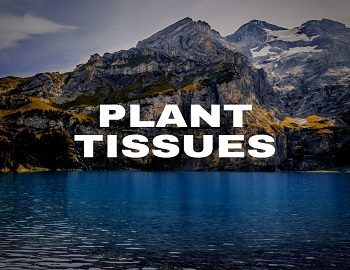
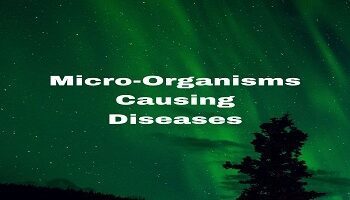
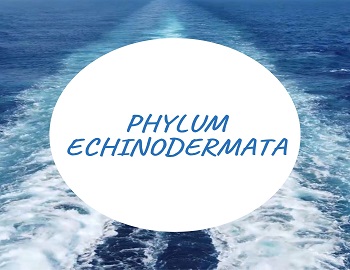




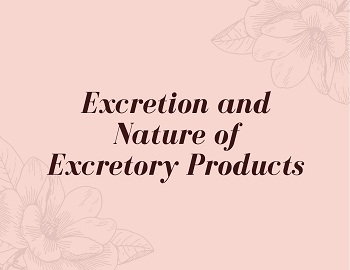
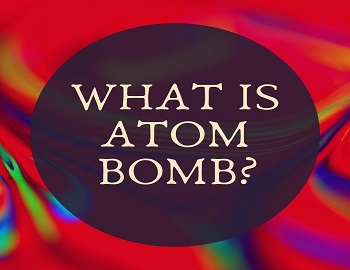
Comments (No)